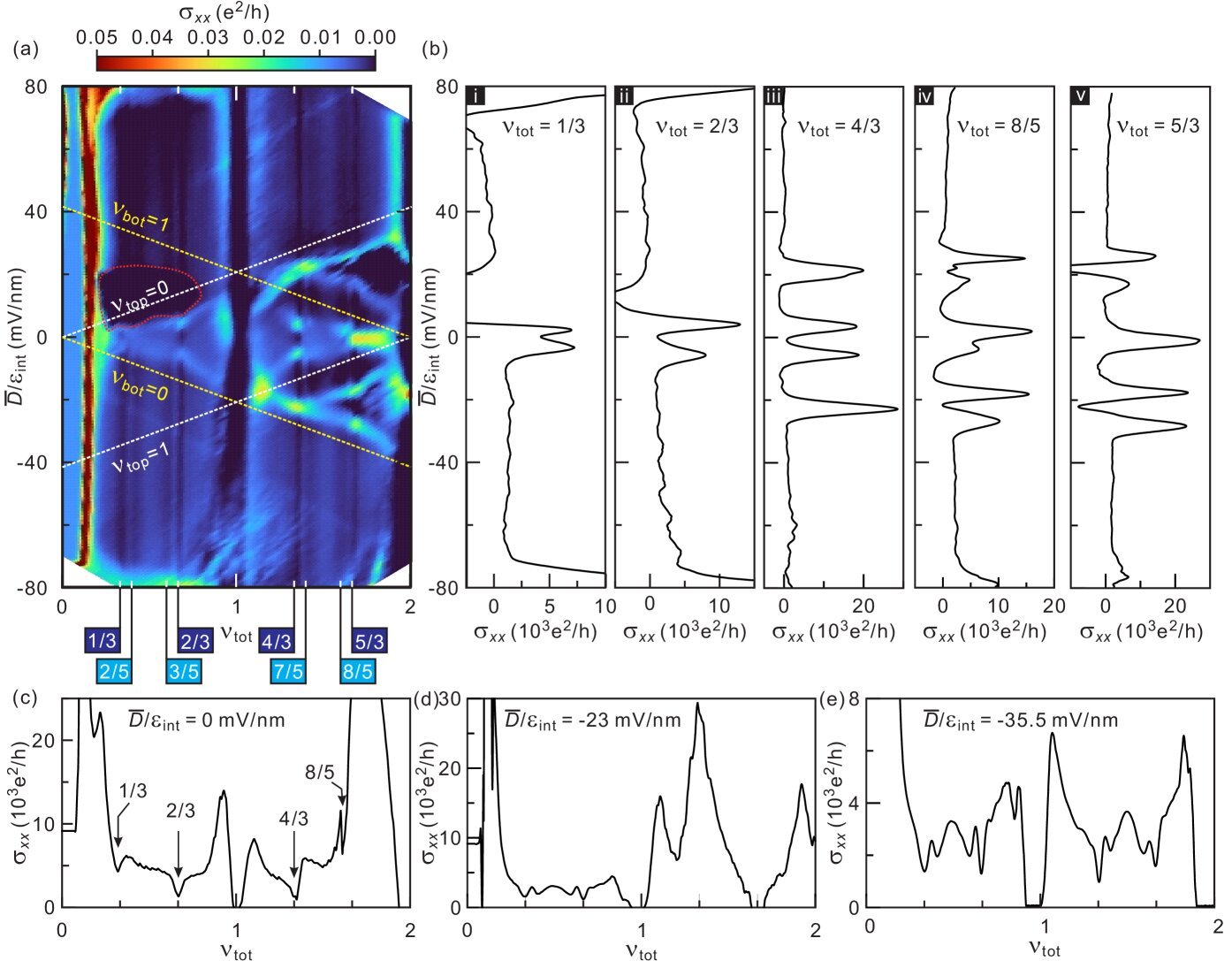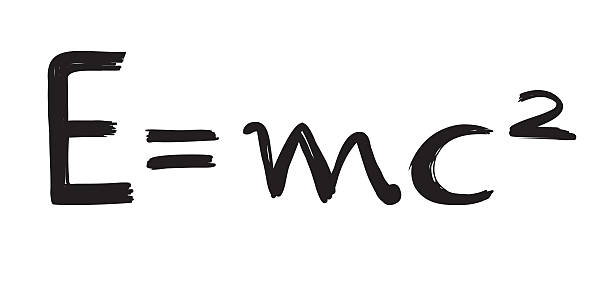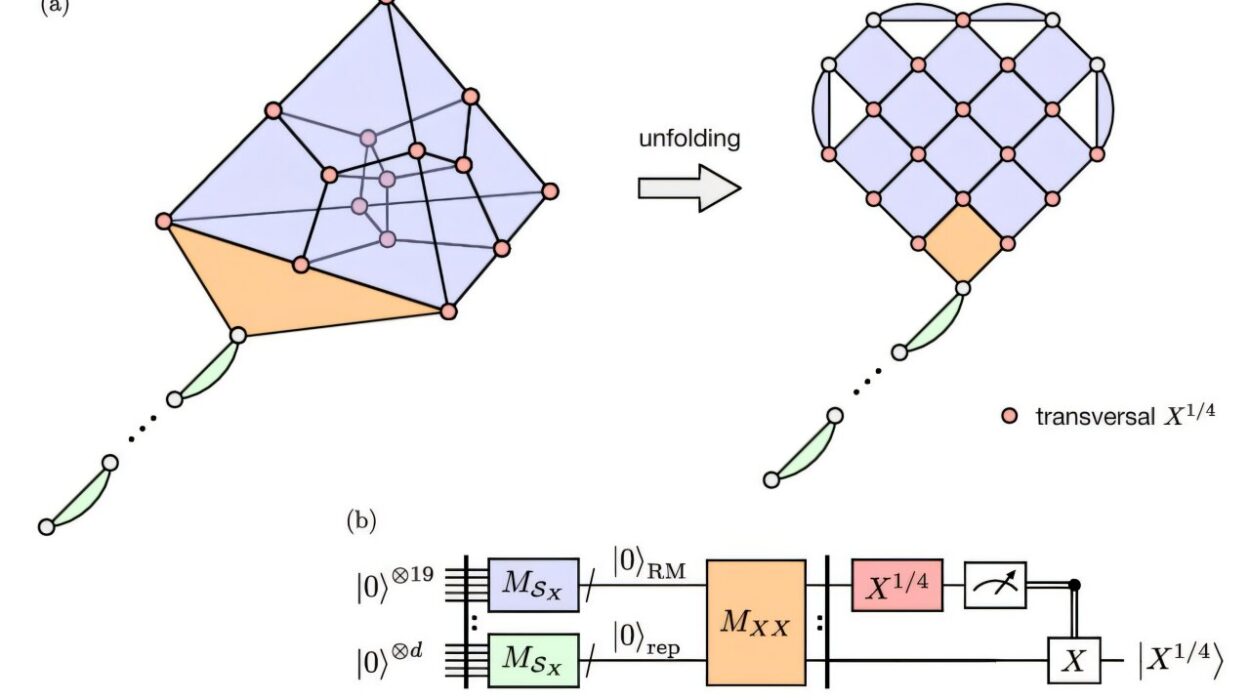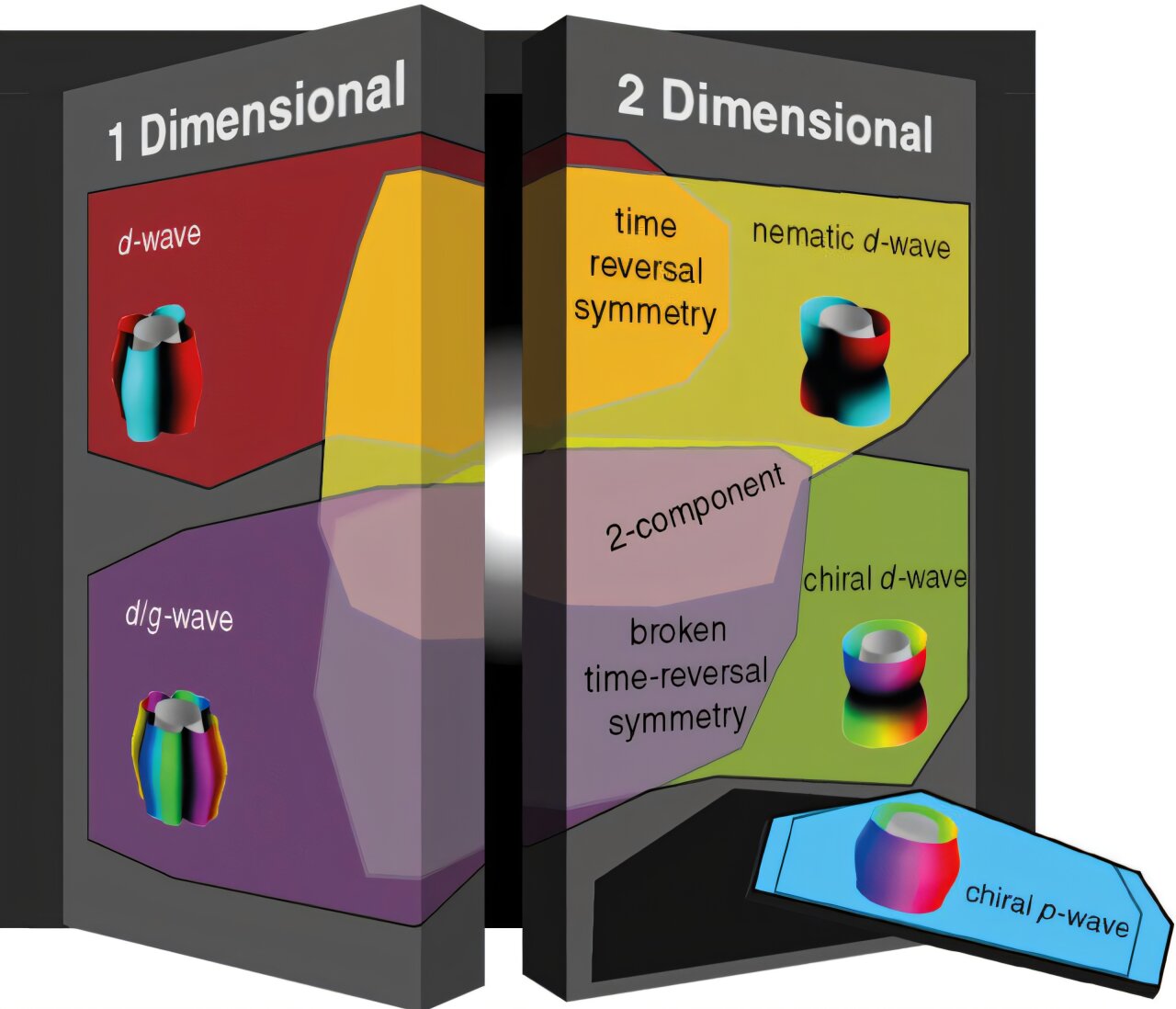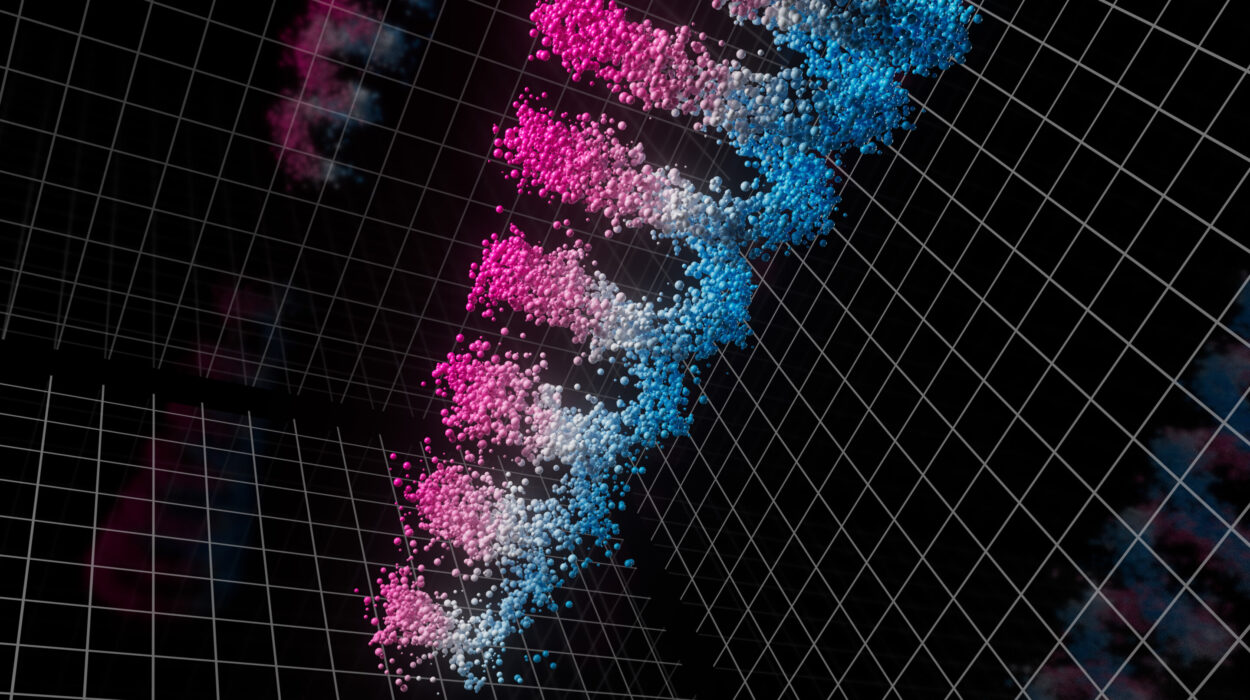In a significant leap forward in the field of quantum physics, a research team has discovered a unique quantum state in which electrons move in an entirely new way under a specially engineered graphene structure. This newly discovered electronic state promises to revolutionize the development of faster, more efficient electronic devices and holds exciting potential for future technologies, including quantum memory, capable of processing complex computations.
The Importance of Quantum Physics
Quantum physics is a fundamental theory in physics that seeks to explain the behavior of atoms and subatomic particles. Unlike classical physics, which deals with the macroscopic world, quantum physics operates on the atomic and subatomic scale, where the laws of physics behave unpredictably. This theory is crucial in understanding how particles move, interact, and behave, enabling the design of technologies that manipulate nature at a microscopic level.
Quantum technologies, including quantum computers, quantum memory, and quantum sensors, are expected to revolutionize industries by solving problems that are currently impossible or impractical for classical computers. The research team’s discovery holds considerable implications for the future of these technologies, particularly in enabling quantum devices to process computations at speeds and efficiencies far beyond current capabilities.
Graphene: A Material of the Future
The material at the heart of this discovery is graphene, a one-atom-thick layer of carbon atoms arranged in a two-dimensional honeycomb lattice. Graphene is known for its remarkable properties: it is incredibly strong, lightweight, and an excellent conductor of heat and electricity. Its unique structure gives it exceptional conductivity, and it has been the subject of intense research for potential applications in electronics, energy storage, and other advanced technologies.
In this groundbreaking study, the team focused on a novel form of graphene called twisted bilayer graphene, which involves two layers of graphene rotated slightly with respect to each other. When these layers are twisted at a precise angle, a new and intriguing phenomenon arises. The result is a structure where the layers interact in unexpected ways, revealing entirely new patterns and behaviors that are not seen in regular graphene.
The Discovery of a New Quantum State
By stacking two layers of graphene and rotating them slightly, the researchers created a new type of electronic state that had never been observed before. This setup is analogous to two transparent films with regular patterns. When the films are aligned normally, the patterns are simply repeated, but by twisting them slightly, the overlapping patterns form a new, complex pattern altogether. This interaction between the two layers of graphene leads to the creation of a new quantum state, where the behavior of electrons is drastically altered.
In the twisted bilayer graphene, electrons no longer behave in the conventional manner. Instead, the electron movement is governed by a completely different set of rules. One of the most notable discoveries in this study is that electrons cannot easily move between the two layers, a striking departure from traditional electronic materials. Furthermore, Coulomb interactions—the fundamental force that governs the interaction between charged particles—are significantly amplified in this new state, leading to intense interactions between the layers of graphene.
The 1/3 Fractional Quantum Hall State
The most significant finding of the study is the discovery of a new electronic state known as the 1/3 fractional quantum Hall state. This state represents a unique phenomenon in which electrons appear to move as if they are divided into three parts. This behavior is vastly different from conventional electron movement, where electrons typically move as individual particles.
The fractional quantum Hall effect (FQHE) is a quantum phenomenon observed in two-dimensional electron systems exposed to a strong magnetic field. In the new state discovered by the team, electrons are confined to a system with strong Coulomb interactions, which causes them to form fractionalized charges. These fractionalized charges behave in a manner that can be mathematically described by topological phases, which are a form of quantum state that is resistant to changes caused by local disturbances. The 1/3 fractional quantum Hall state signifies that the electron charge is divided into thirds, and the behavior of electrons is dictated by these fractionalized charges, making the movement of electrons highly unusual.
This discovery was confirmed through Monte Carlo simulations, which are computational models used to simulate the physical behavior of particles in complex systems. The simulations supported the theory that this new quantum state exists and demonstrated its physical implications, marking a key milestone in the team’s research.
Implications for Future Technologies
The implications of this discovery are profound. One of the key areas where this new quantum state could be applied is in the development of quantum computers. Quantum computers rely on the principles of quantum mechanics to process information in ways that classical computers cannot. The fractional quantum Hall state could potentially be harnessed to develop more stable and efficient qubits (the basic units of quantum information), which could significantly improve the performance of quantum computers.
Moreover, the newly discovered state could also have applications in quantum memory, a technology that is essential for the future of quantum computing. Quantum memory allows for the storage and retrieval of quantum information in a way that preserves the delicate quantum state of the system, making it an essential component of scalable quantum computing systems. The strong electron interactions observed in the twisted graphene structure could lead to more reliable quantum memory systems capable of handling complex computations.
In addition, this discovery could contribute to other quantum technologies, such as quantum sensors and quantum communication systems, which rely on the manipulation of quantum states to achieve unprecedented precision and security.
Collaborative Effort and Global Cooperation
This groundbreaking research was led by Professor Youngwook Kim at DGIST (Daegu Gyeongbuk Institute of Science and Technology) and Ph.D. student Seyoung Jin at POSTECH (Pohang University of Science and Technology). The project was a product of international collaboration, including partnerships with the National Institute for Materials Science (NIMS) in Japan and the Max Planck Society for the Advancement of Science in Germany.
The team’s work was supported by high-magnetic-field experimental equipment provided by the Max Planck Society, which was essential in obtaining the critical data needed for the study. This international cooperation underscores the importance of global collaboration in advancing scientific research and highlights the interdisciplinary nature of modern scientific endeavors.
Future Research and Next Steps
The research team, including Professor Kim and Professor Gilyoung Cho from KAIST (Korea Advanced Institute of Science and Technology), has emphasized that this discovery is only the beginning. While the fractional quantum Hall state has been experimentally observed in the context of a twisted graphene structure, the team aims to explore how these findings can be implemented in different experimental conditions, such as environments without a strong magnetic field.
As the team continues their research, they hope to uncover new ways to control and manipulate these quantum states, which could lead to the development of next-generation quantum technologies. One of the primary goals is to create systems that can function efficiently under a wider range of conditions, making them more practical for real-world applications.
Conclusion
This discovery marks a significant step forward in the field of quantum physics, shedding light on the potential of twisted graphene structures as a platform for developing new quantum states and technologies. The observation of the 1/3 fractional quantum Hall state opens up new possibilities for the design of quantum computers, quantum memory, and other quantum devices that could shape the future of technology. The collaborative efforts of international researchers and the cutting-edge experiments conducted in this study are a testament to the power of global scientific cooperation and innovation.
As researchers continue to explore the potential of this new quantum state, the discovery serves as a reminder of the vast and largely untapped potential of quantum mechanics in revolutionizing the way we understand and manipulate the natural world. The findings from this study have set the stage for an exciting future in quantum technology, offering promising avenues for advancements that could change the way we think about computing, communication, and information processing.
Reference: Dohun Kim et al, Observation of 1/3 fractional quantum Hall physics in balanced large angle twisted bilayer graphene, Nature Communications (2025). DOI: 10.1038/s41467-024-55486-2
